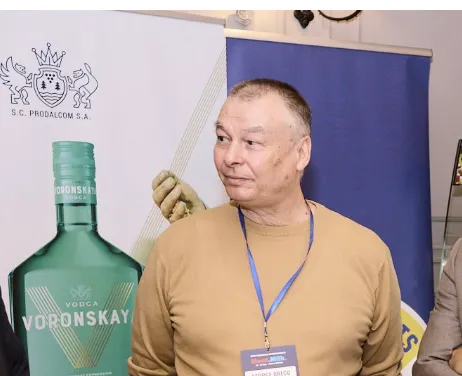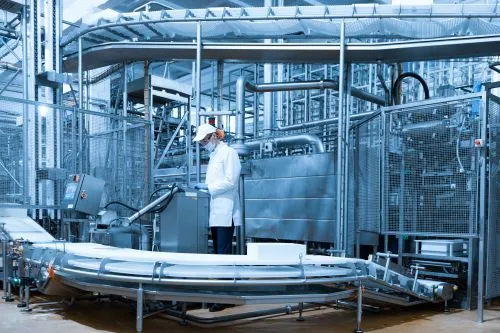862

Imports and exports of poultry meat in the EU continue to be affected by the conflict between Ukraine and Russia, but there are signs that production could recover this year, according to PoultryWorld.
Imports from Ukraine have increased
The suspension of import duties and export quotas on Ukrainian exports to the EU has helped alleviate the economic pressure caused by the war on Ukrainian agriculture, along with the Solidarity Lanes and Black Sea Grain Initiative, which have effectively facilitated trade.
Some agricultural imports from Ukraine to the EU saw substantial growth last year and put pressure on regional markets, such as poultry meat and feed grains.
Imports from the EU increased by approximately 15% (+105,000 tonnes) last year due to increased shipments from Ukraine. This may be lower this year due to uncertainty surrounding Ukraine's production. Meanwhile, EU exports decreased by around 9% in volume due to Russia's invasion of Ukraine.
A decline in poultry production
The latest EU Agriculture Short-Term Outlook stated that there was a decline in EU poultry production of around 1.7% last year, which was lower than in 2021.
This was driven by declines in major producing countries such as France (-12%) and Italy (-9%).
Avian influenza impact
The report noted the ongoing emergence of highly pathogenic avian influenza (HPAI), stating that its longevity means it is now treated as a year-round threat rather than a seasonal issue.
While its direct impact on poultry meat production is limited as production can quickly recover, the damage to EU exports caused by related bans from third countries is more significant.
Production recovery
Driven by tight supply and strong demand, broiler prices in the EU have continued to rise and reached high levels in recent months, partially contributing to the transfer of high feed and energy costs along the chain.
Since the beginning of the year, prices have stabilized, and feed and energy costs are now starting to decrease from the very high levels observed last year, which could lead to some production recovery this year.
Poultry production in the EU is estimated to increase by around 1.1%, with poultry demand benefiting from its cheaper price for consumers compared to beef and pork. This could support a growth in poultry consumption in the EU of up to 2.5% this year.
Commercial competitiveness
However, the lower competitiveness of EU exports will continue, the report suggests, due to the Ukraine/Russia conflict but also due to increased imports from Brazil. Brazil is more competitive in terms of feed and energy, so it continues to trade poultry meat at a cheaper price.
Overall, it is projected that imports into the EU will increase by an additional 7% in 2023 to meet the further growth in EU demand.





